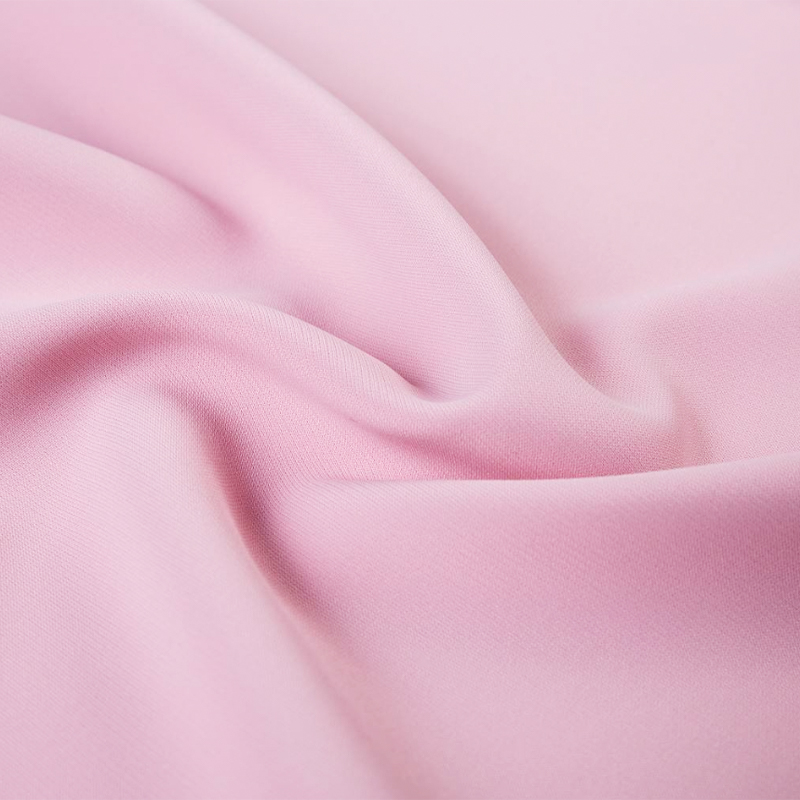Color fixation treatment is an important process in textile dyeing and finishing, including for SPH clothing fabric. The goal of color fixation is to secure the dyes or pigments within the fabric, enhancing colorfastness and preventing color bleeding during washing. The principle and process of color fixation treatment typically involve the following steps:
Principle:
Color fixation treatment works by chemically bonding the dye molecules to the fabric fibers. This chemical reaction, often referred to as "fixation," prevents the dyes from easily leaching out of the fabric when exposed to water, sweat, or other liquids. The fixation process can vary depending on the type of dye used and the specific fabric composition.
Process:
1. Preparation:
- Prior to color fixation, the fabric undergoes thorough cleaning to remove any residual dye, impurities, or chemicals. This ensures that the dye molecules can effectively bond with the fabric.
2. Fixation Bath Preparation:
- A fixation bath is prepared with the necessary chemicals to facilitate the fixation process. The specific chemicals used can vary based on the type of dye and the desired level of colorfastness.
3. Immersion:
- The cleaned fabric is immersed in the fixation bath. The fabric must be completely saturated to allow the dye-fixing chemicals to reach all areas of the fabric.
4. Temperature Control:
- The temperature of the fixation bath is controlled based on the dye type and fabric requirements. In many cases, heat is applied to promote the chemical reaction between the dye molecules and the fabric.
5. Fixation Time:
- The fabric is left in the fixation bath for a specified duration to allow the chemical reaction to take place. The duration can vary but is carefully monitored to ensure proper fixation without over-processing the fabric.

6. Rinsing:
- After the fixation process is complete, the fabric is thoroughly rinsed to remove any residual fixation chemicals and dye that did not bond with the fabric.
7. Drying:
- The fabric is dried, often through heat and mechanical processes, to remove excess moisture and ensure that the color-fixing chemicals have fully reacted.
The specific chemicals used in the fixation process can vary based on the dye type and fabric composition. Common fixation agents include salts, acids, and alkalis, depending on the chemical properties of the dyes used.
It's important to note that the fixation process may differ for different types of dyes, including reactive dyes, direct dyes, or disperse dyes, each requiring specific treatment. Additionally, environmental and sustainability considerations may drive the development of eco-friendly fixation processes. Manufacturers may also fine-tune the fixation process to meet specific quality and performance standards for SPH clothing fabric.

.jpg?imageView2/2/format/jp2)
.jpg?imageView2/2/format/jp2)




.jpg?imageView2/2/format/jp2)

_.jpg?imageView2/2/format/jp2)

